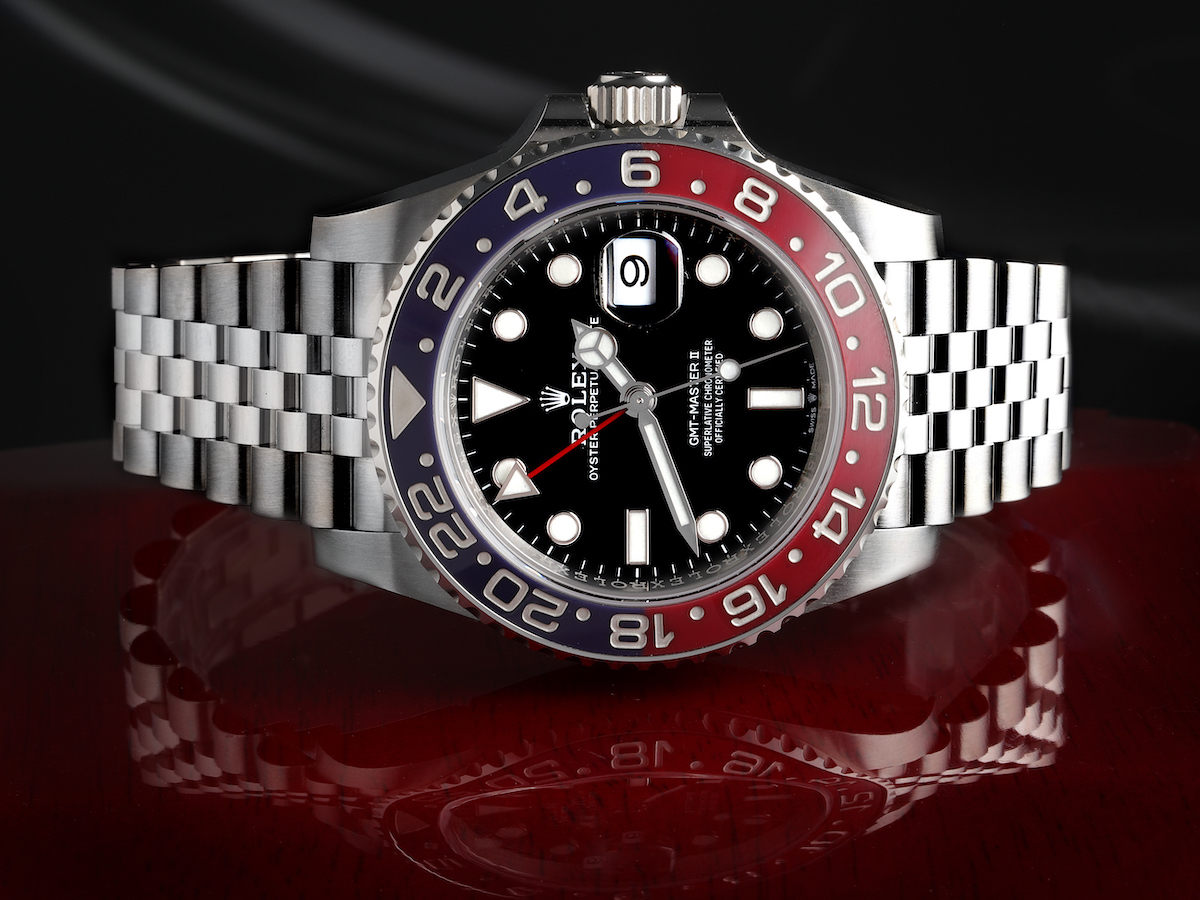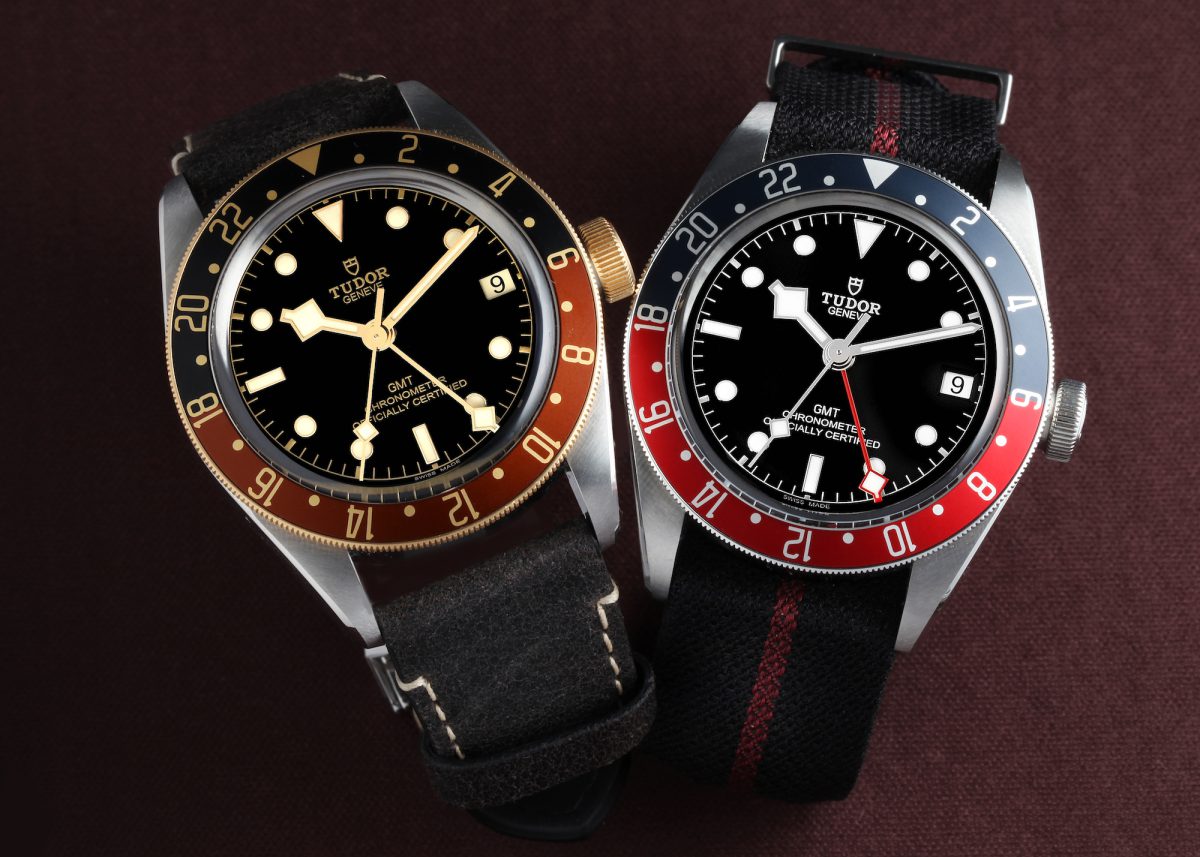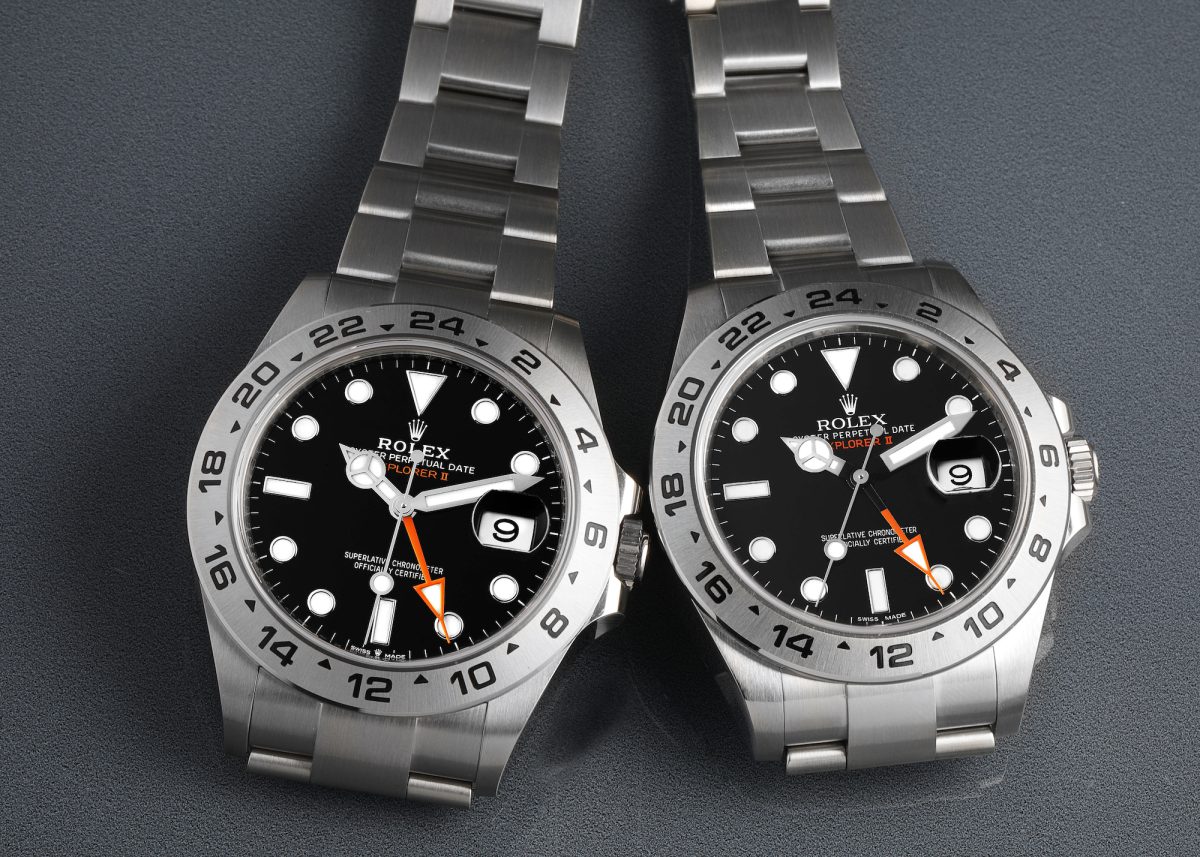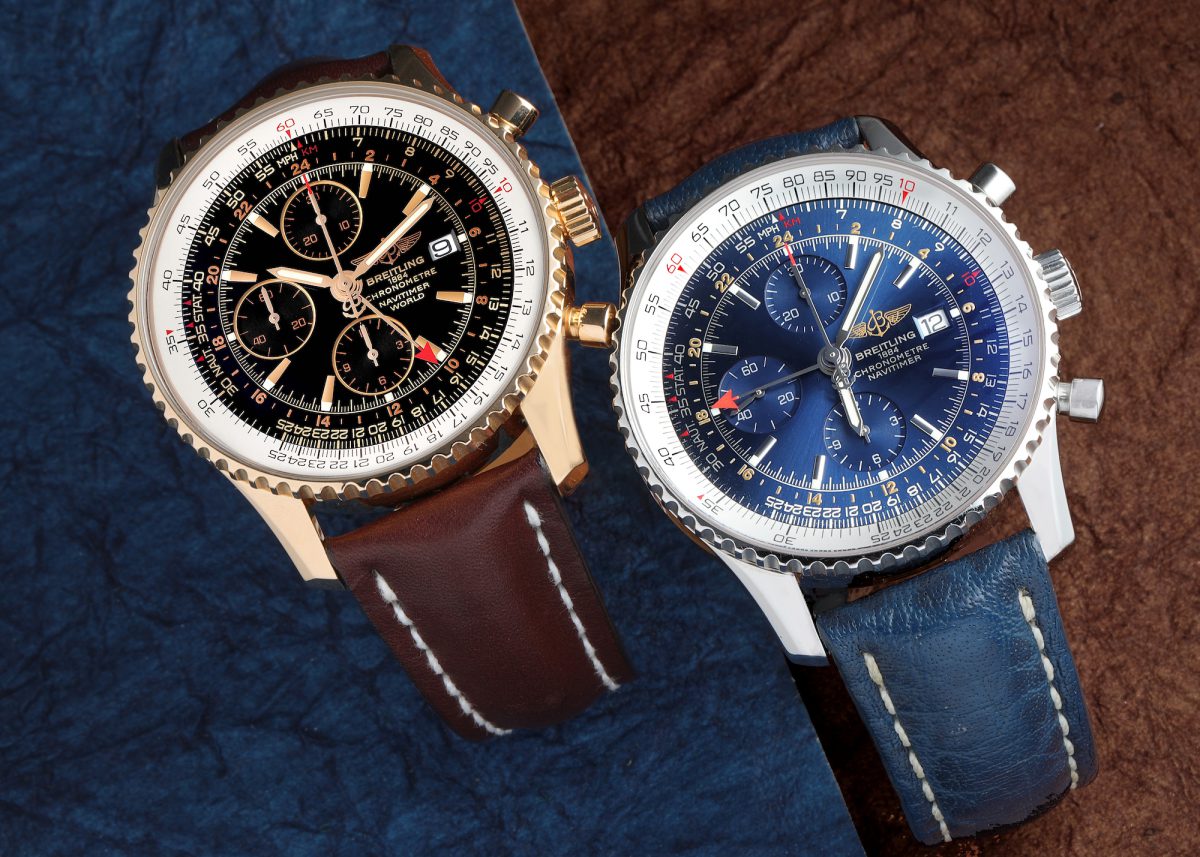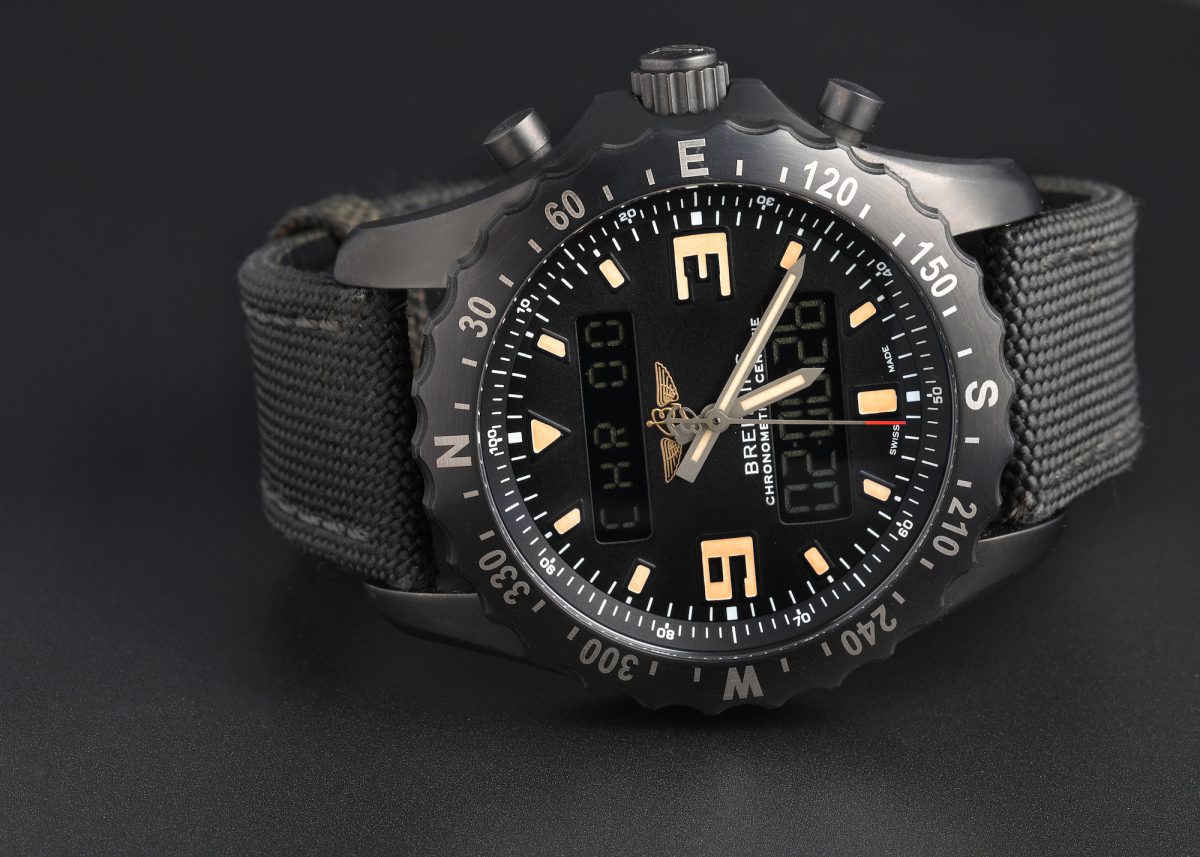More often than not, a watch aficionado buys a watch for its aesthetic, legacy and collectability, and not necessarily to use its prominent features. The Submariner is not always used to go diving, as owners of the Daytona don’t always use it on the race track.
The GMT function, however, is actually being used by a vast number of GMT watch owners. Unlike other complications, it’s actually quite easy (and even fun) to use, and certainly useful when traveling between different time zones. Moreover, they have distinctive looks and impressive versatility.
Here’s why a GMT watch is a worthy addition to your collection, frequent traveler or not.
What is Greenwich Mean Time?
The “GMT” in GMT watches means Greenwich Mean Time.
Counted from midnight, Greenwich Mean Time is the solar time as it’s observed at the Royal Observatory in Greenwich, England. Greenwich Mean Time is also called the ‘zero hour’. When tracking time, according to the Royal Observatory in London, Greenwich Mean Time is at the point of zero degrees latitude along the line that passes through Greenwich village. This determination was made in 1884 to create a standardized way of tracking time on an international level.
 The Royal Observatory and the site of the Greenwich meridian line.
The Royal Observatory and the site of the Greenwich meridian line.
Originally, this came to fruition to help with train schedule delays but eventually spread to naval navigation and eventually aviation. While Greenwich sat on the zero line, other latitudes were then labeled according to their distance from that point i.e. Philadelphia is GMT -5 and Hong Kong is GMT +8 as you add or subtract hours from Greenwich.
In 1972, the GMT way of tracking time was replaced by the UTC or Coordinated Universal Time. This was a response to the confusion caused by some calculating GMT at midnight while others calculated it at noon. The UTC is based on atomic clocks rather than time zones. Most watch manufacturers, however, used GMT, not UTC.
How did GMT watches come about?
As we explained, the concept of GMT dates back to 1884. Established in an era of slow boat travel, it helped monitor time in between oceans by declaring Greenwich, England as the “Mean Time” by which the rest of the world’s time zones would be compared. This was necessary at the time when time zones crossed over weeks and days. Jet travel changed all that.
In 1952, the British de Havilland Comet became the first jet airliner to fly nonstop, going from London to Johannesburg. This would become the advent of the Jet Age, when people were, for the first time, able to fly across oceans in a day – also introducing the modern ailment known as jet lag.
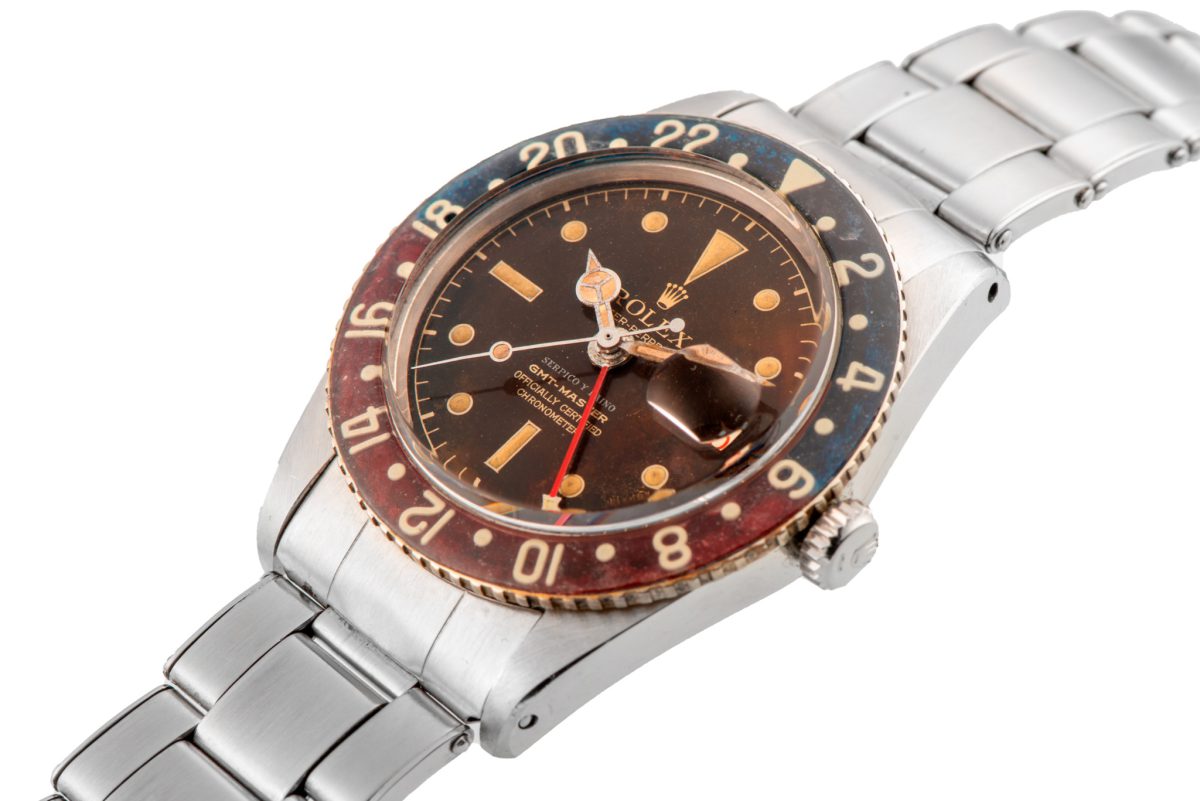
The original Rolex GMT-Master “Pepsi” reference 6542 introduced in 1954
Pilots who flew these long haul flights needed a way to keep track of both local and destination time. Pan Am airlines commissioned Rolex and requested for a watch to be built for this new need. In 1954, the GMT-Master was introduced – a watch that could track two different time zones simultaneously.
What makes a watch a “GMT watch”?
Simply put, a GMT watch is a timepiece that has a 24-hour format hand in addition to the hour, minute and seconds hands. It’s worth noting that there are other watches labeled GMT that feature two time zones in a 12-hour format – while useful, they can’t be considered true GMT watches.
The Tudor Black Bay GMT in two-tone steel and gold, and stainless steel
Most GMT watches have central hour and minute hands that tell time in the 12-hour format, and another hand that’s independently adjustable to display the 24-hour time. The Rolex GMT-Master II in particular, comes with a two-directional rotatable 24-hour graduated bezel. This works together with the colored 24-hour hand to display the local or home reference time which can be read on the scale points on the bezel.
How to set and read a GMT watch
Some GMT watches possess a static GMT hand. If that’s the case with your watch then you’ll want to start with the bezel of your watch set at 12 o’clock. If you do this, the GMT hand will then point to the current local time. If you’d like the find out the time in a different time zone, you would have to rotate the bezel towards the left or counter clockwise, and towards the right, or clockwise.
Choosing which direction depends greatly on the location of that city relative to your current time zone. For instance, you’d rotate the bezel clockwise if the new time zone is behind you. If the other time zone is ahead of your current position, then you’d rotate it counter-clockwise.
How to use an independent GMT hand
A fantastic invention for those who like to track time in multiple time zones (GMT-Master II) is the independent GMT hand. The GMT hand stays static while you can move the hour hand.
Rolex Explorer II ref 216570 and 226570. Both are “true” GMT watches
as the local hour hand can be adjusted without disrupting the other hands.
To use an independent GMT hand, you’ll want to set the GMT hand to the local time while also keeping the 24-hour scale aligned with 12 and 24 together. This would be its original position. Now, set the hour hand to the current time on the 12-hour scale. You can use the bezel to align it with the second time you wish to track.
How to use a GMT watch to track a third time zone
Many of your modern GMT function watches now use the independent GMT hand. Because of this, you can now track up to three time zones at once, which is quite a boon to travelers and business people who often cross international lines. Tracking a third time zone is quite easy with a GMT hand and a 24-hour bezel.
Breitling Navitimer GMT Chronographs
To accomplish this task you would first set the GMT hand to the current GMT time and then the hour hand you will set to local time. Once you complete those two tasks it’s a matter of rotating the bezel to set a third time zone that you’d like to track. You use the GMT as the reference for how many hours you’ll need to add or subtract according to the location of your third time zone to you. You’d rotate either clockwise or counter-clockwise whether you’re subtracting or adding, respectively.
To read the time, your bezel would align with the GMT hand, reflecting the third time zone and your local time would be read by the hour hand. Please be advised that in order to read your second time zone, you will have to move the bezel back to its original position.
Is a GMT watch right for you?
Certainly, the GMT watch will be advantageous for someone who travels frequently. Aside from being able to tell the time in two time zones, a GMT watch can be useful in assimilating to different time zones and avoiding jet lag. To do this, one can simply set the 12-hour hand to the current travel destination time a few days before departure, letting you get accustomed to a different time zone before travelling.
Breitling Chronospace Military GMT
Aesthetically, GMT watches are of the sporty kind. Most GMT watches use colorful accents, such as a distinctly colored 24-hour hand or a bi-color bezel, making it the perfect fit for those who like distinctive looking watches.
GMT Watches: Final Thoughts
A GMT watch is used in lieu of many timepieces. You can display the time in different time zones without needing to reset your watch multiple times. There’s a reason they’ve been used by pilots and travelers for years. Even if you don’t travel much, these sporty watches look great on any wrist with their distinct colors and bi-color combinations.
As you can see, the GMT watch can be a really useful tool in any watch enthusiast’s collection, and hopefully, you’ll plan on giving one a try. Check out our wide selection of GMT watches available at SwissWatchExpo.com.

